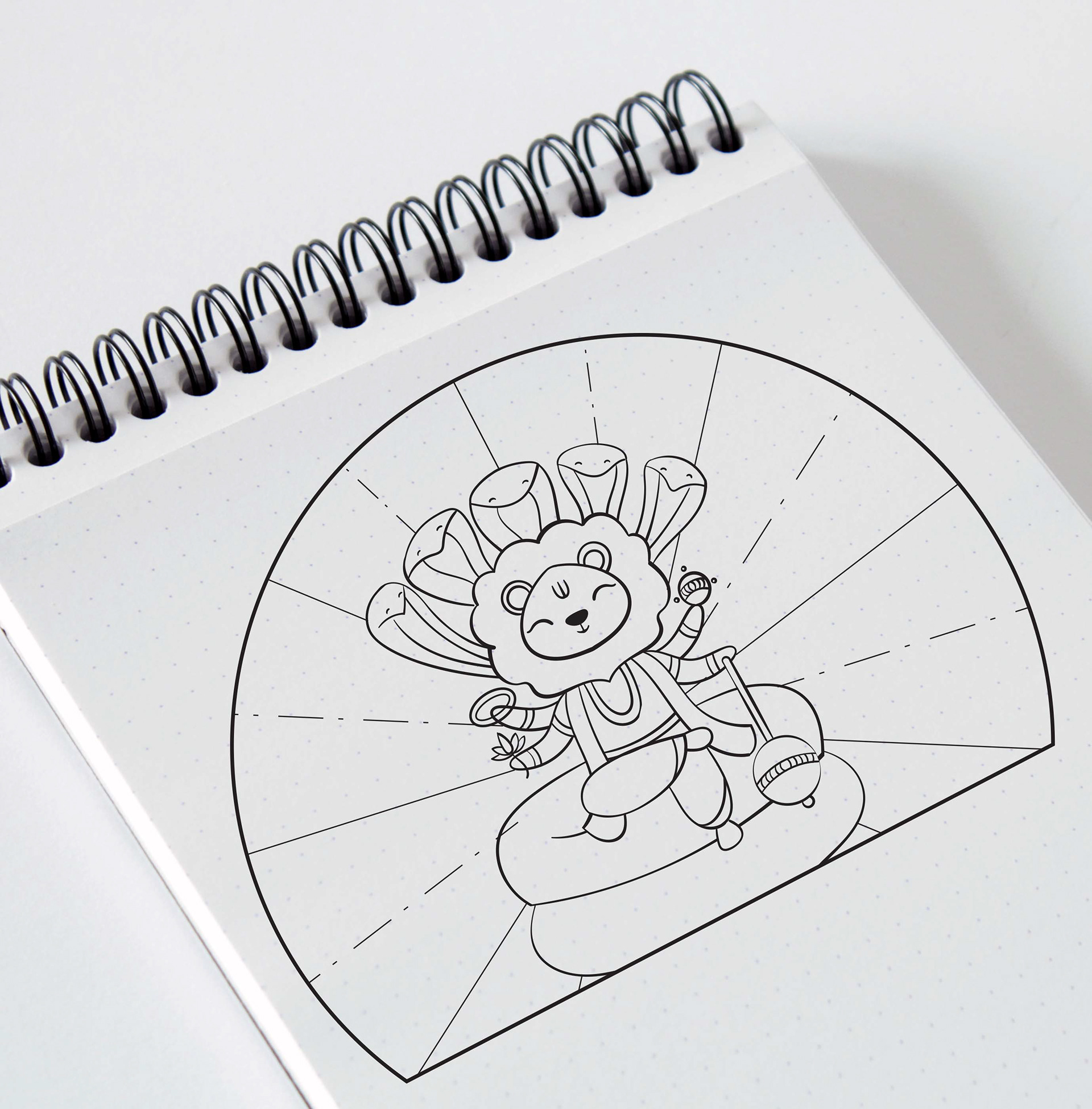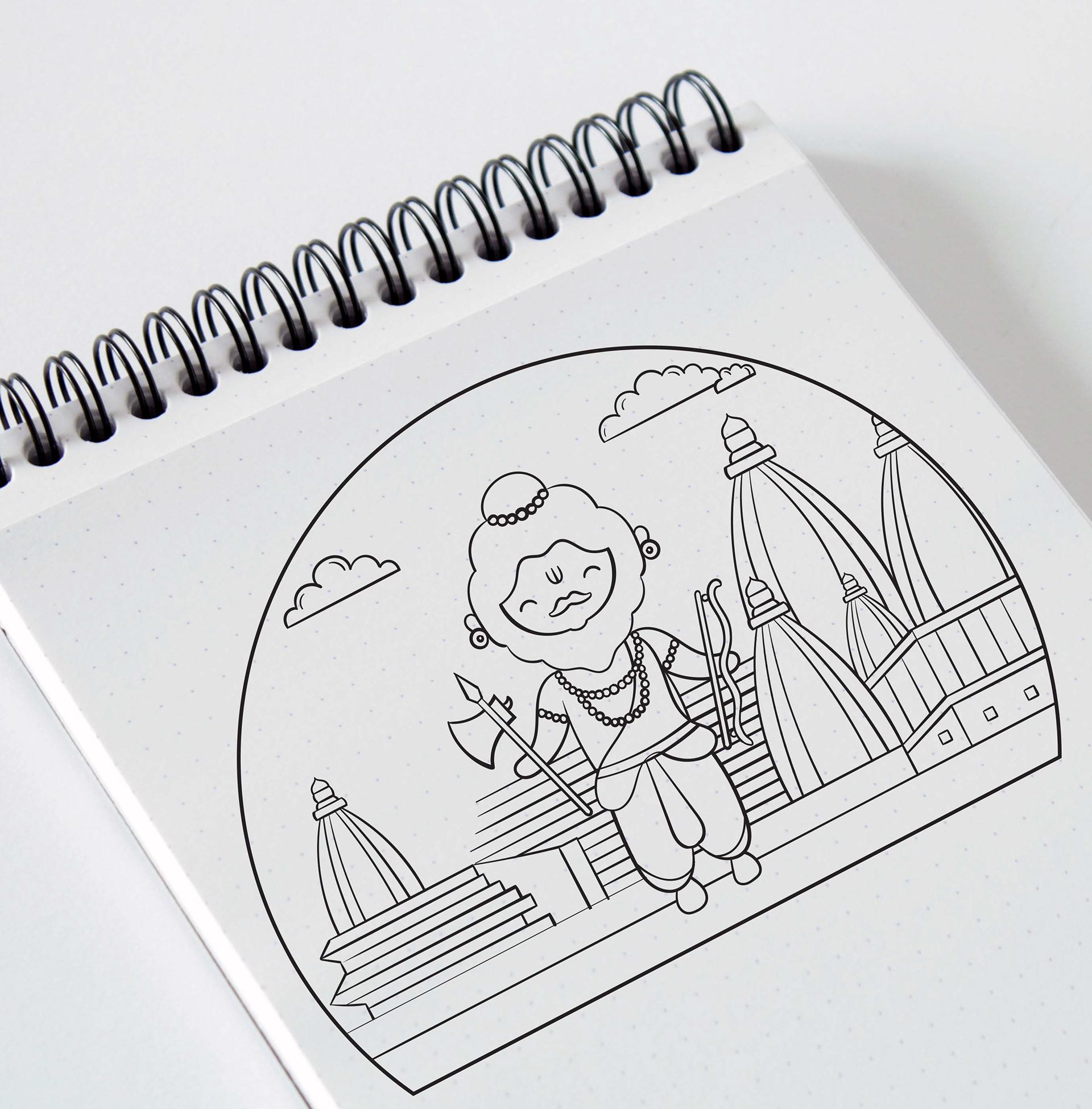cute Dasavatars of Vishnu | Kids clothing
Dasavatara is a term that collectively describes the 10 main incarnations of the Hindu god Vishnu. It is said that whenever humanity is threatened by the evil, Lord Vishnu reincarnates himself for restoring the balance between the good and evil. Here is an attempt to illustrate the avatars in a customised version of kawaii art form.
Matsya Avatar - Matsya is the first avatar of Vishnu and is commonly depicted with a human torso and a fishtail. He was said to have saved the first man and many creatures from a great flood


Kurma Avatar - Lord Vishnu bore the weight of the Mandara mountain when the Devas and the Asuras were churning the Kshira Sagara (ocean of milk) for Amrita (divine elixir)


Varaha Avatar - An avatar of human body with a face of boar, which saved Bhoodevi(earth) from the clutches of Demon Hiranyaksh


Narasimha Avatar - Lord Vishnu appeared as a half-man and a half-lion to save Prahalada from his father, Hiranyakashipu and restored Dharma.


Vamana Avatar - Lord Vishnu appeared in the form of Vamana, a dwarf, to restore the three Lokas - Prithvi, Deva and Patala from the clutches of King Mahabali.


Parashurama Avatar - An avatar as sage with an axe whose role was to kill bad kings and restore the social order that had been corrupted by Kshatriyas


Rama Avatar - As Lord Rama, Lord Vishnu took birth in the Treta Yuga as a prince to kill demon-king Ravana.


Balarama Avatar - He is the brother of Lord Krishna and replaces Buddha avatar in Vishnu Dasavatara Puranam. Balarama, who is also regarded as an avatar of Shesha Naga, focussed on the importance of agriculture.


Krishna Avatar - He emphasised on the fundamental reality about this journey called life. He established 'Dharma' (righteousness) and restored good values, and destroyed the evil on earth.


Kalki Avatar - The tenth and the last avatar of Vishnu is yet to appear. He is expected to arrive at a time when the world witnesses the darkest side of humanity to uproot Adharma and sow the seeds of a new civilisation to mark the beginning of a new Yuga.


